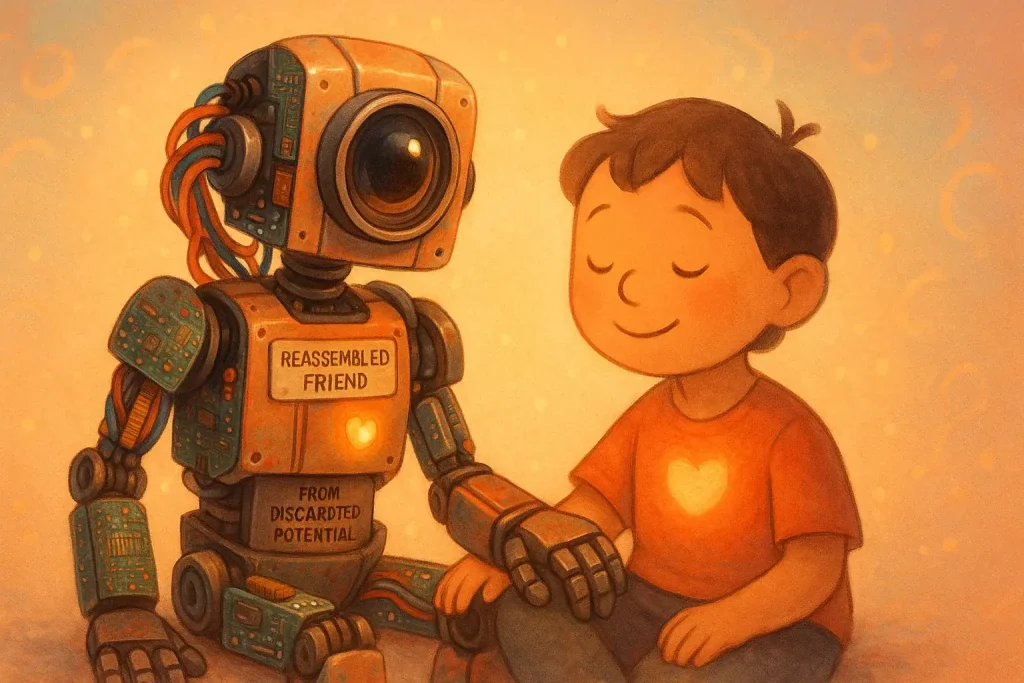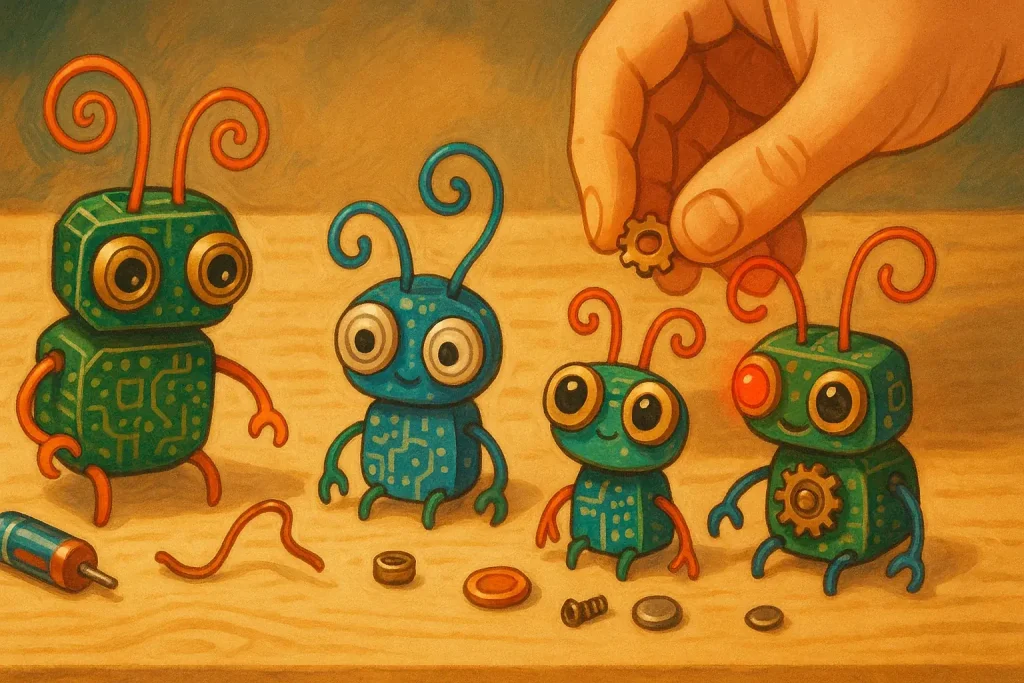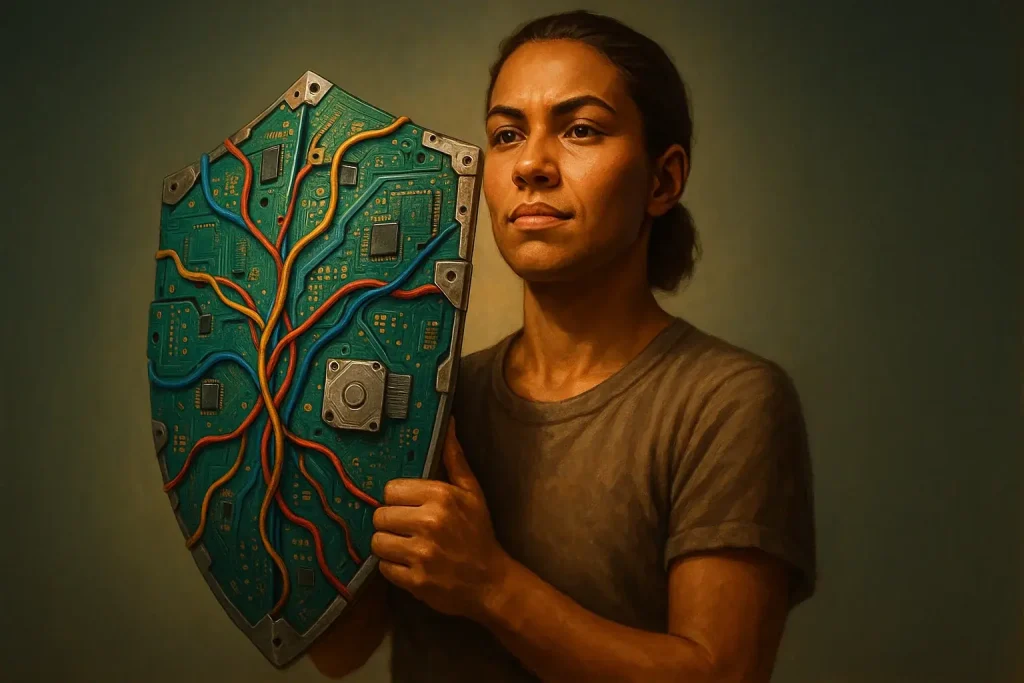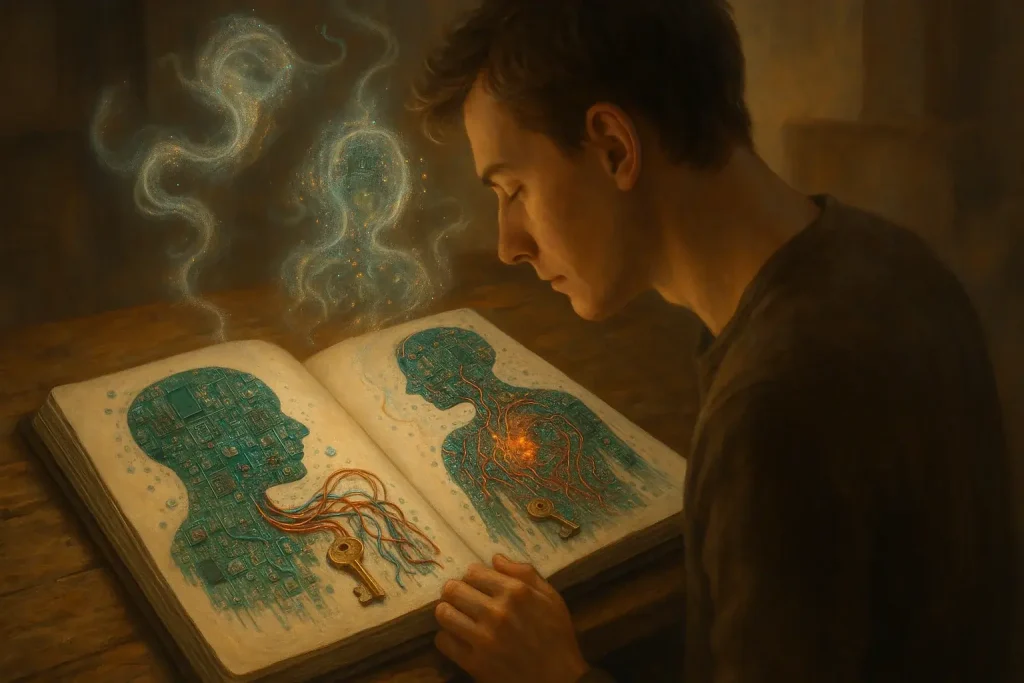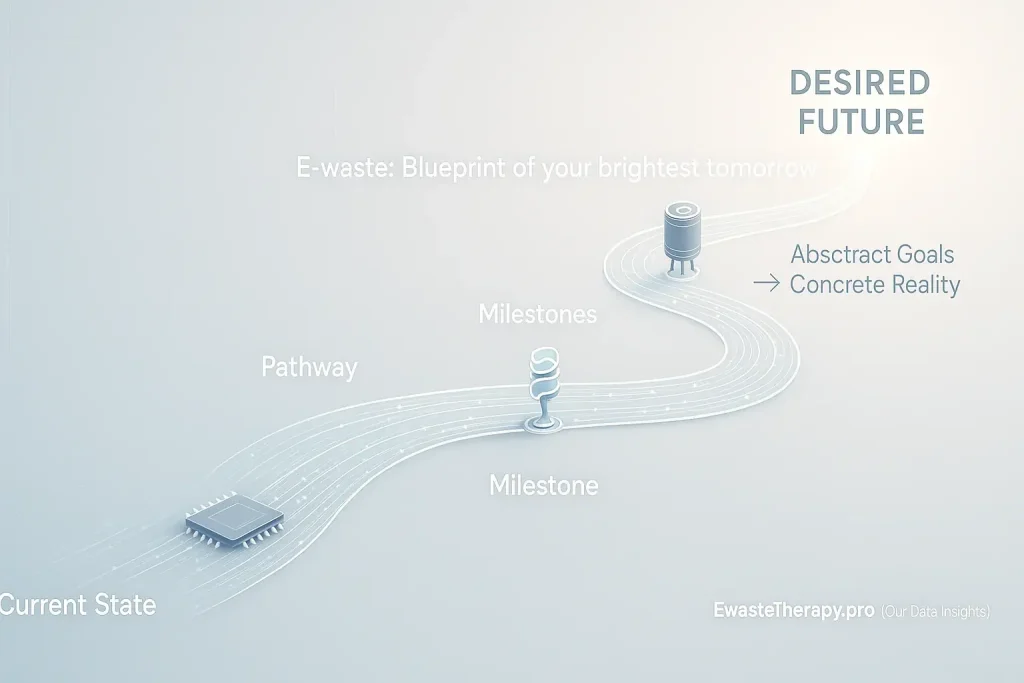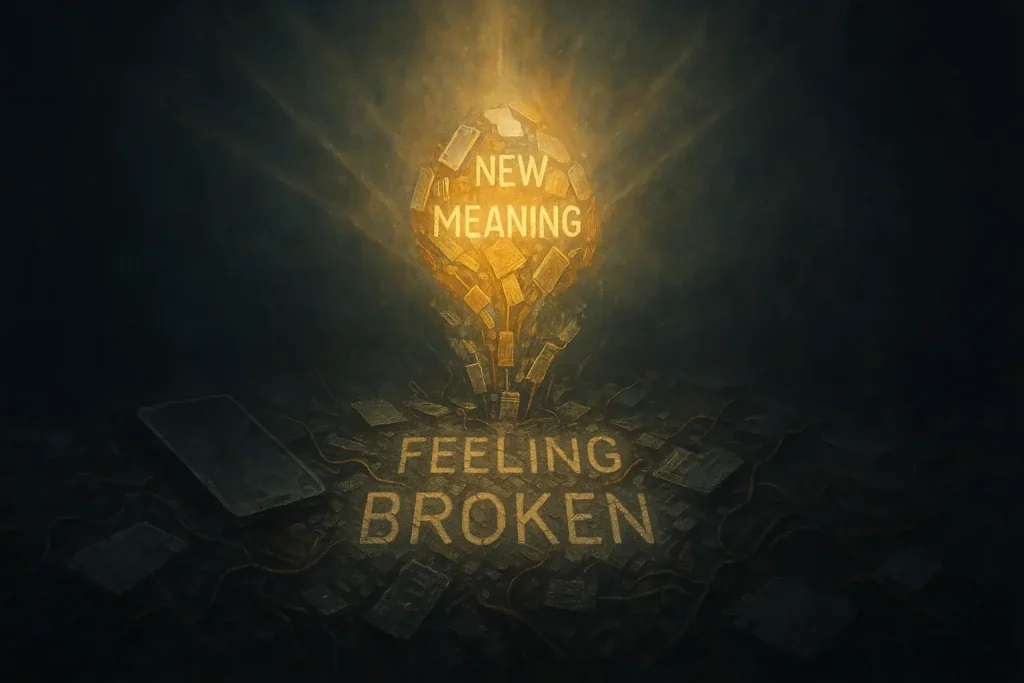Meet Your New Best Friend: Why an E-Waste Robot?
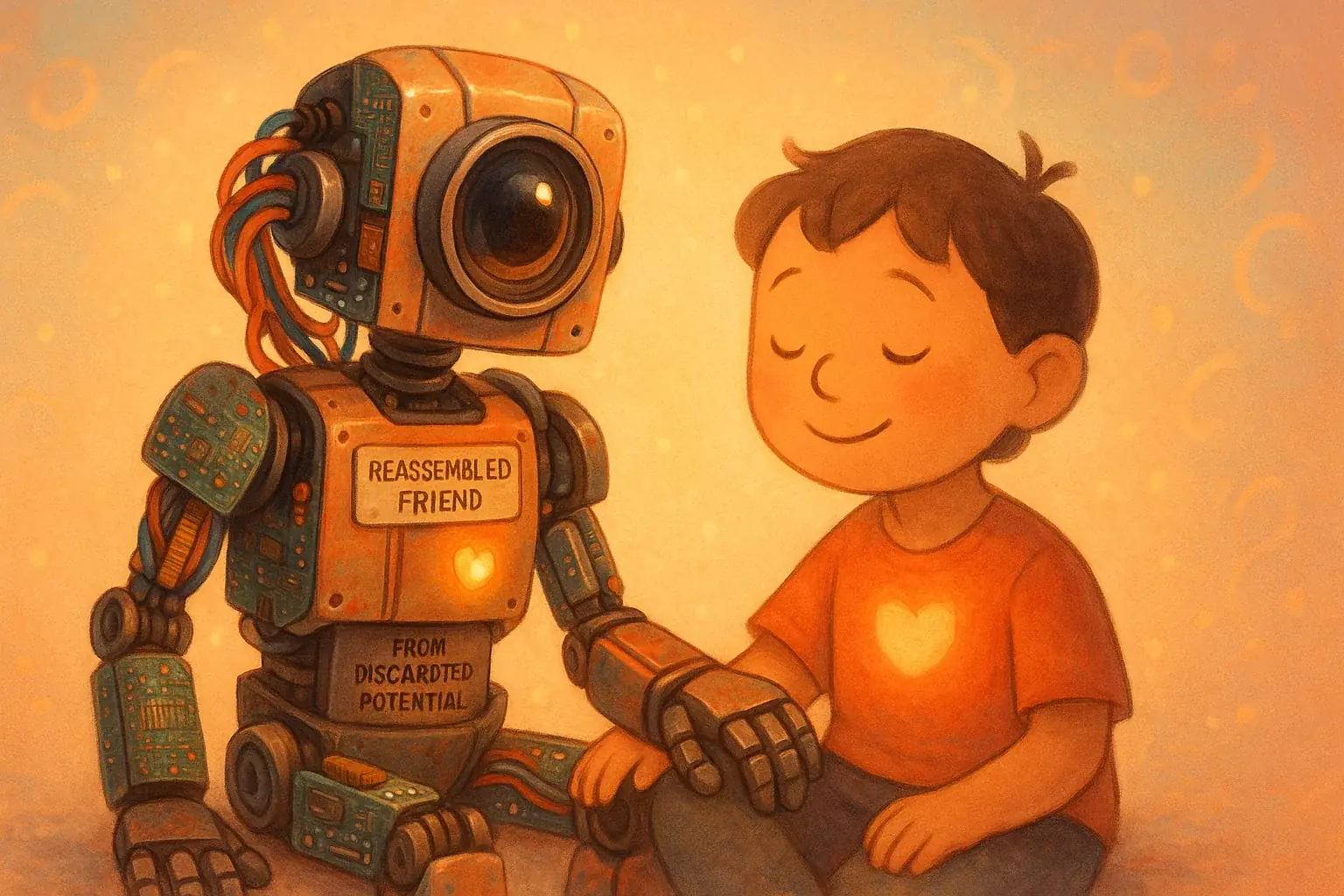
Do you sometimes crave a truly non-judgmental companion? Many users express this deep need. We propose building an Inner Child Robot from e-waste. This is more than a simple craft project. It’s a deeply playful, surprisingly profound path to connect with and nurture that vital inner part of you.
Why a robot, you ask? Tech parts, often discarded, can powerfully symbolize forgotten aspects of ourselves. These fragments reassemble. They form something whole, something supportive. This robot becomes a tangible friend, built from 'discarded' potential. This project gives new purpose to e-waste; it also revitalizes your inner self.
What is the core therapeutic benefit here? You create a truly safe space for genuine play. Imagination can flourish. Self-acceptance often follows, as many discover. 'Perfection' isn't the goal with your robot. Discovery is everything. This non-judgmental creation process is central. The robot companion accepts you; its making helps you embrace yourself, wholeheartedly.
Gathering Your Robot's 'Soul': Materials & Tools
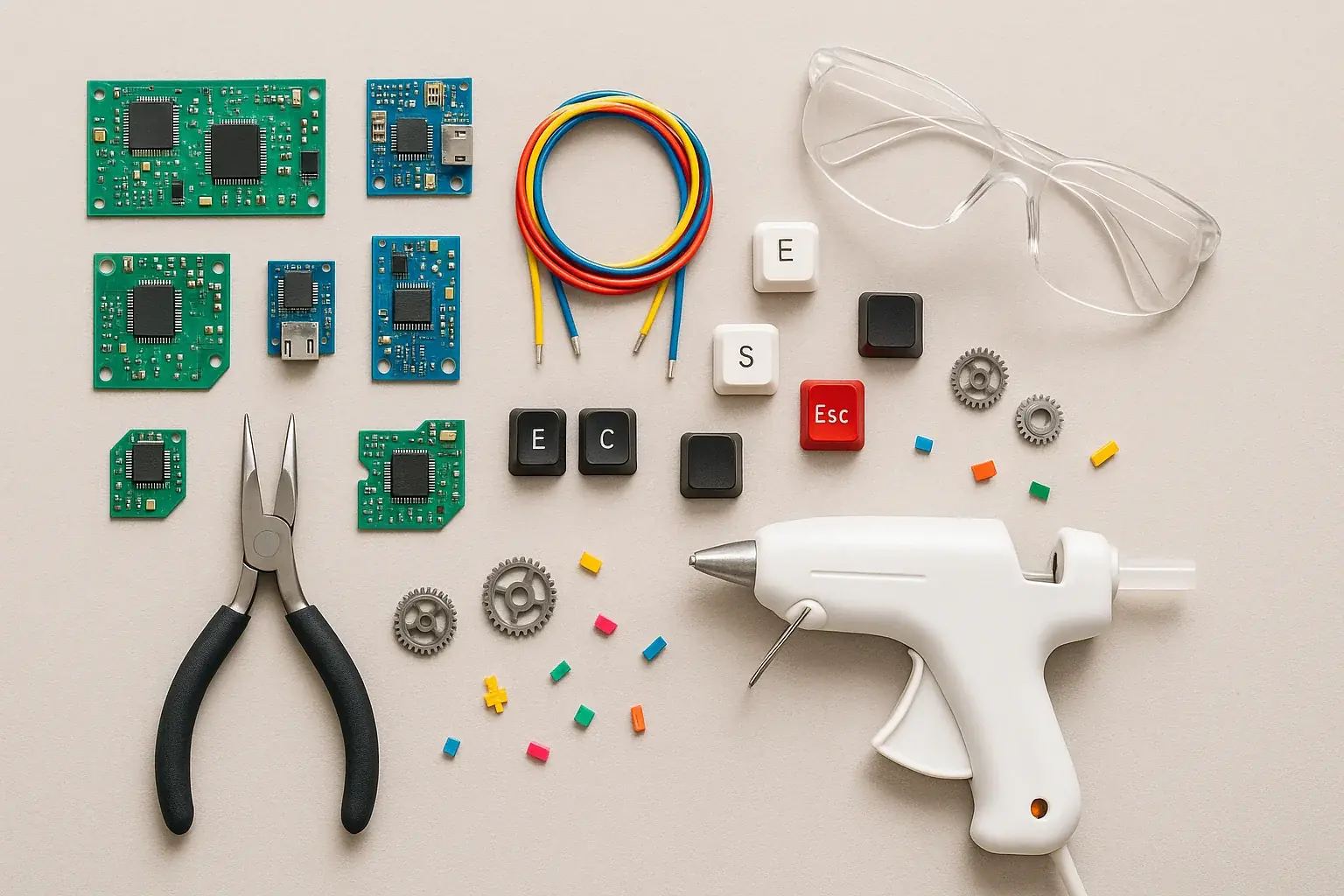
Your robot's soul comes from chosen e-waste. This search uncovers pieces speaking to your experience, not demanding technical perfection. Safety remains paramount. Our analysis of user experiences underscores clean, non-hazardous materials are vital for a positive therapeutic outcome.
Approach material gathering as a playful treasure hunt. Our therapeutic framework encourages finding shapes, colors, and textures that resonate with your inner child. Non-judgmental creation starts now.
- Small circuit board pieces: for the robot's body or face, offering intricate patterns.
- Colorful wires (insulation intact): for limbs, hair, or decorative elements.
- Old keyboard keys: excellent for eyes, buttons, or distinct textural details.
- Plastic casing fragments (cleaned, no sharp edges): form larger body parts or stands.
- Small, inert metal components (e.g., heat sinks, brackets): add structural or aesthetic features.
- LEDs or small lightbulbs (unbroken): can represent eyes or energy sources symbolically.
- Safety glasses: non-negotiable for all eye protection during any work.
- Gloves (cut-resistant if possible): protect hands from sharp edges or contaminants.
- Pliers (needle-nose and standard): for bending wires and manipulating small parts safely.
- Screwdriver set (small sizes): for minor, safe disassembly if needed; never force components.
- Strong adhesive (non-toxic, well-ventilated area): for joining parts; adult supervision for younger creators.
- Craft knife or sturdy scissors (use with extreme caution): for cutting softer plastics or wires, always cut away from body.
Building Your Robot: A Step-by-Step Playful Journey
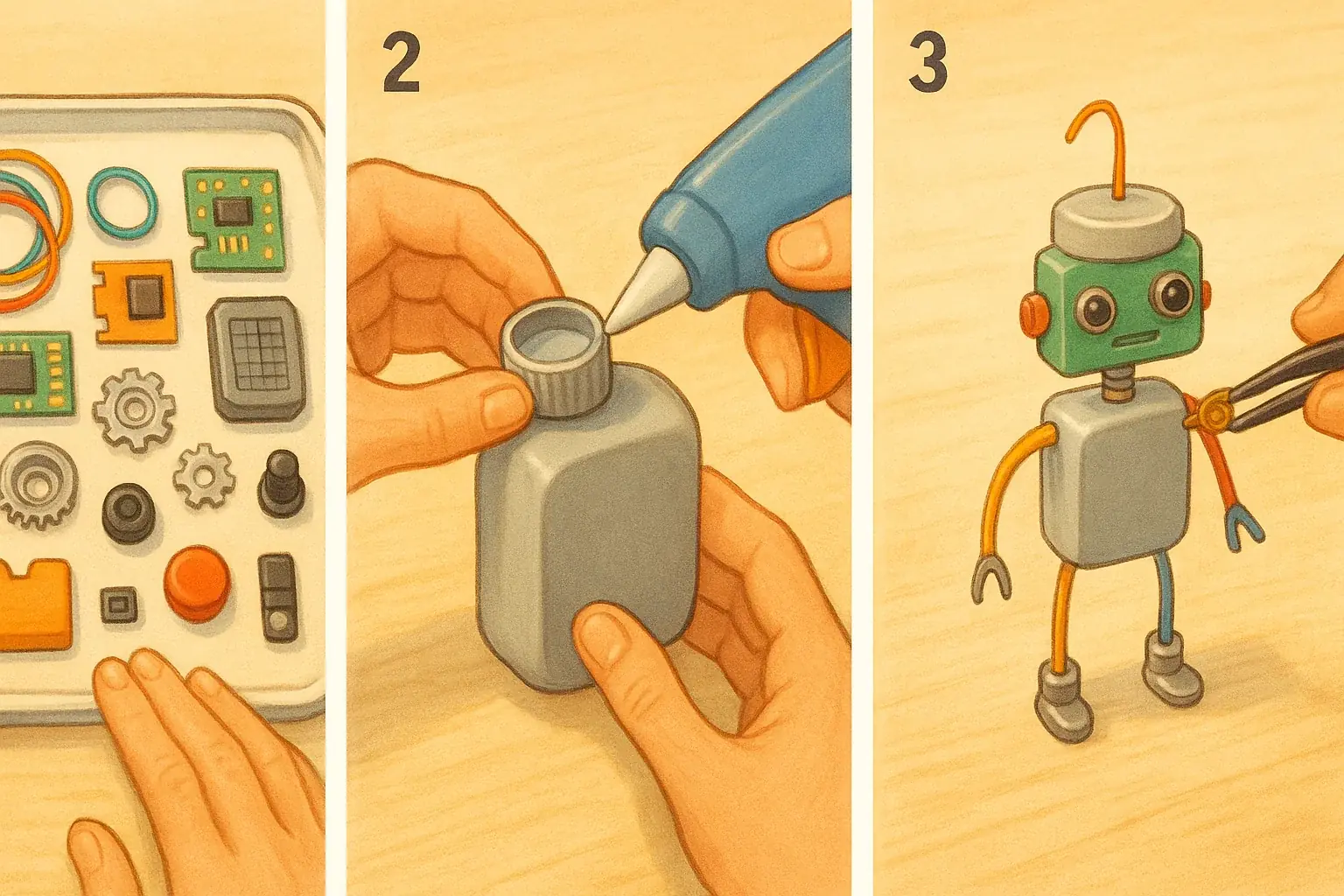
This assembly guide offers a playful exploration. Your creative process leads the way. There is no single 'right' outcome; your robot reflects your inner world.
- Step 1: Gather Your Elements. Lay out your pre-cleaned e-waste components before you. Notice which shapes, textures, or colors attract your attention. These are your robot's first whispers. A tray or contained workspace prevents small, intriguing pieces from rolling away.
- Step 2: Envision the Core. Select a larger, stable piece to serve as your robot's body or main structure. This forms its foundation. What feeling does this central component evoke? Test its balance. A wobbly base creates later frustration.
- Step 3: Begin Connections. Start attaching other chosen elements to your core piece. See how different parts connect. Trust your intuition for placement. This is pure play. Use appropriate, safe adhesives. Apply sparingly. Strong bonds form with less glue than you might think. Let it set.
- Step 4: Add Personality Features. Choose components that suggest eyes, limbs, antennae, or unique robotic traits. What character is emerging? Is it curious, strong, shy? Let the parts guide you. Small, lightweight items adhere best for delicate features. Tweezers can be your friend here.
- Step 5: Refine and Observe. Pause frequently. Step back. View your creation from multiple angles. Does it feel complete to you? Are there any adjustments your intuition suggests? Gently rotate your robot. A different perspective can reveal the perfect next step or a needed change.
- Step 6: The Final Flourish. Consider one last detail. Think: a tiny gear. Or a splash of wire. This final touch solidifies its identity. What name suits your new companion? Embrace imperfection. Your robot’s unique quirks are part of its charm and your journey.
What's Your Robot's Personality? Discover Its Inner Traits!
What's Your Robot's Personality?
1. Is your robot's body mostly smooth and contained, or jagged and open?
2. Does your robot feature many visible wires/connections, or is it more solid/compact?
3. Does your robot look more like a protector/guardian, or a playful/curious friend?
This quiz just revealed your robot's unique personality. These traits often mirror your inner child, offering profound self-reflection. The intuitive choices you made unlocked this deeper connection.
Beyond the Build: Connecting with Your Inner Child Robot
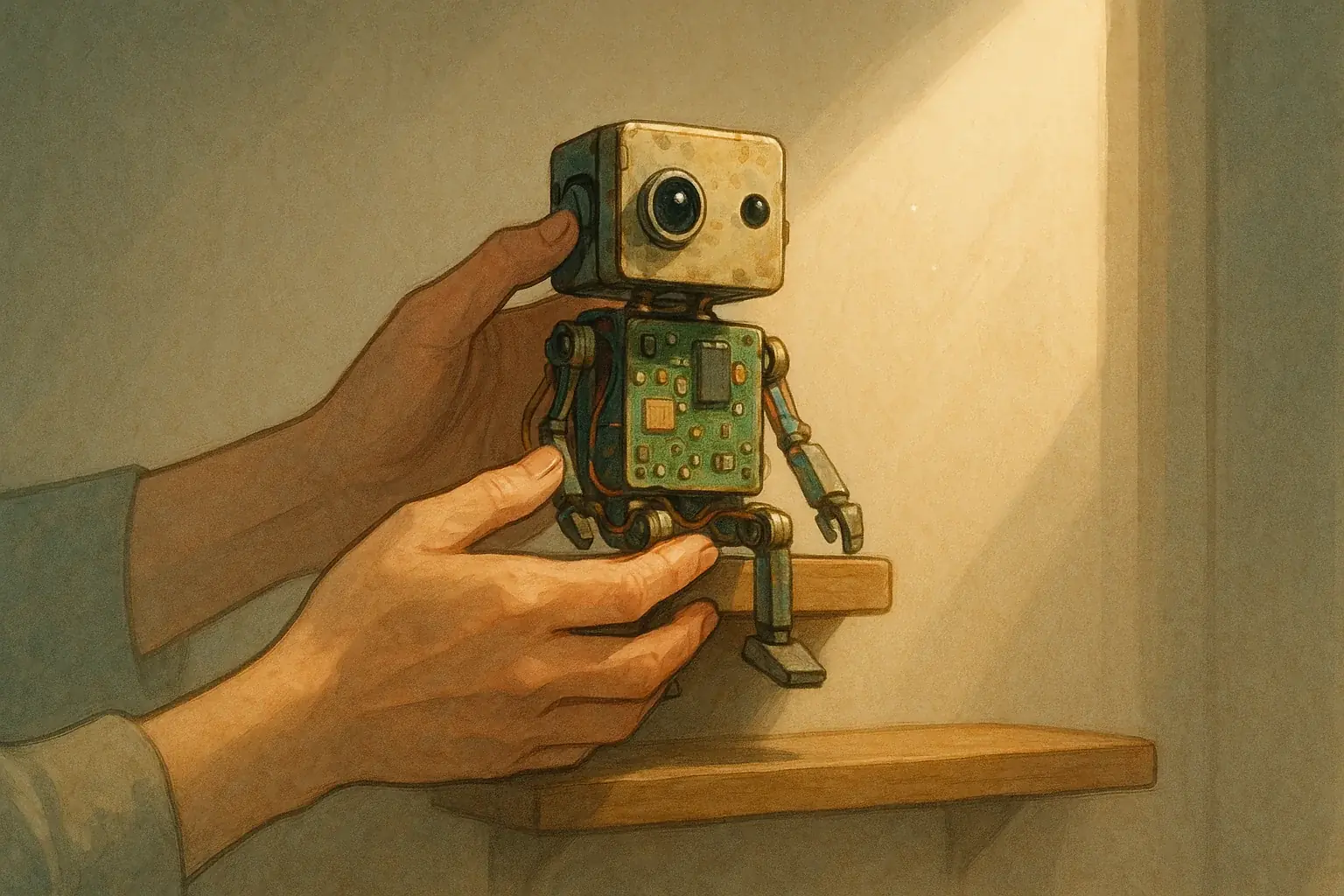
Your robot's creation marks a beginning. The true journey unfolds in ongoing interaction. This creation is more than art. It is a living symbol of your inner landscape. How can you continue this dialogue? Many find simple rituals powerful. Consider placing your robot in a special, visible spot. Some users 'talk' to their robots about their day. This practice fosters a gentle, consistent connection.
Inner child work can feel abstract. Your robot makes it wonderfully real. This tangible object becomes a physical anchor. It holds space for those tender parts of yourself. Holding your e-waste companion often brings surprising comfort, a truth echoed in many shared experiences. Simply looking at its unique form can spark insight. Moving its articulated limbs might even help process stuck emotions. It’s a grounded presence for an often unseen self.
Specific prompts can deepen your therapeutic engagement. Try asking your robot, "What do you need today?" Its imagined answer often reflects your own inner child's quiet request. Listen closely. Trust the feelings that arise. Another powerful question: "If your robot could offer advice about self-criticism, what wisdom would it share?" Many discover its 'voice' is far kinder than their internal critic. The key is non-judgmental listening. Accept what comes.
This unique companion reflects your inner world. It stands as a constant, gentle reminder. Your robot embodies your capacity for play. It witnesses your journey of healing. It mirrors your growing self-compassion. This small figure, born from discarded tech, now holds a piece of your evolving story.
A Quick Safety Check: Play Responsibly!
E-waste art demands safety. Play responsibly. This practice ensures your creative fun stays completely safe.
Always use pre-cleaned components; our safe methodology highlights this. Wear protective gear, like gloves and safety glasses, to shield against material risks. Dispose of unusable parts with care.
